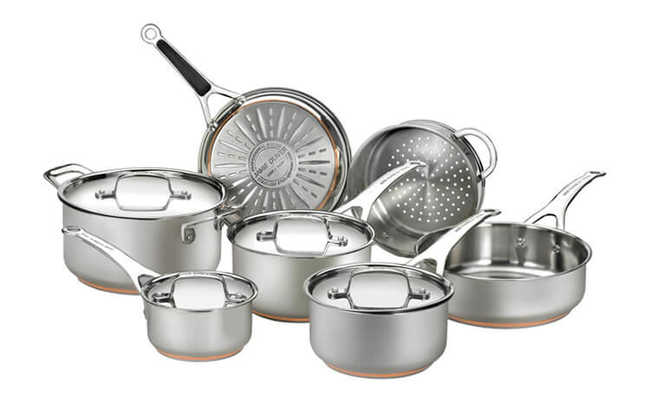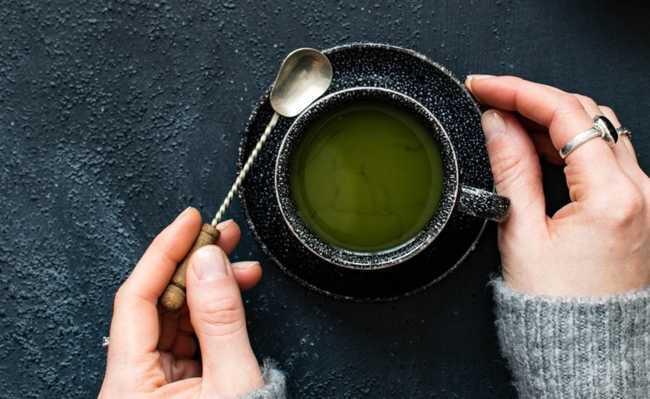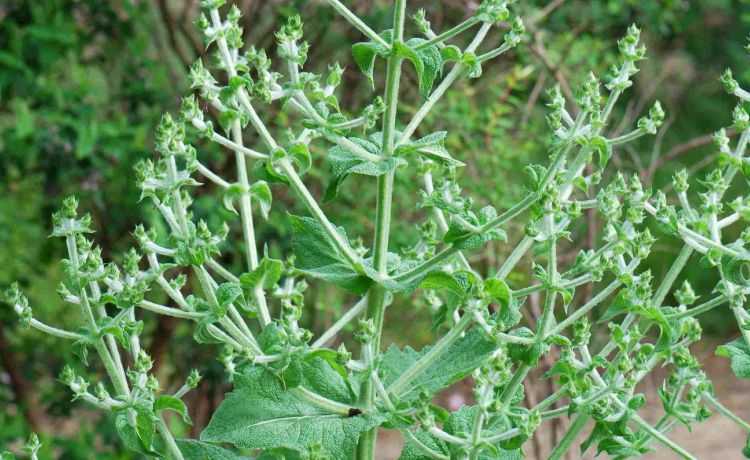Six Misuses of Baking Soda
Baking soda has many predicates, but it doesn't fit all

Edited and resized image by Jonathan Pielmayer, is available on Unsplash
Baking soda is a great ally in everyday life, as it has several uses. It can serve as a replacement for cleaning products, beauty items, in addition to fulfilling various functions in the kitchen.
However, like everything else in the world, baking soda has its limitations. We've listed six ways on how not to use baking soda below. Stay tuned not to misuse it:
1. Antacids

Suffering from heartburn? Baking soda is a highly effective antacid. However, as the name implies, it is composed of sodium. Sodium bicarbonate, on average, is composed of 27% sodium. So if your doctor has told you to cut down on salt, using bicarbonate may not be a good option, as to eliminate one problem you may cause another. According to the Ministry of Health's Food Guide, the daily recommendation for sodium consumption for an adult is, at most, 1.7 g. If you have problems with sodium, ask your doctor to recommend a safer alternative.
2. Aluminum cleaning

As baking soda is a great choice when cleaning, it is also usually indicated for cleaning pans, but it should not be used in aluminum pans. Baking soda reacts with aluminum and can cause your pots and pans to start to fade or stain.
3. Refrigerator deodorization
Baking soda neutralizes odors from inside refrigerators... But just a little. This is because the container in which the substance is usually has a small opening, which makes it difficult for the bicarbonate to react with the agents that cause bad odors. For baking soda to truly be an odor-neutralizing substance, you need to place it on large trays at the bottom of your refrigerator. A second option is to use activated carbon - an extremely porous substance that will offer a larger contact surface to grab the bad smell molecules.

4. Fire spots

Baking soda even smothers the flames of fires, but even if you used mountains of salt, it probably wouldn't be enough. Therefore, always opt for fire extinguishers.
5. Acne

Baking soda is also widely used in cosmetics such as deodorants and hair care products. But because it is a mildly alkaline substance, some people suggest that it is not viable for acne treatment. Our skin has a pH around 5.5, due to the natural substances in sweat, which are acidic. Bicarbonate, with its neutralizing properties, can alter the skin's natural pH. Changes in pH can influence the proliferation of bacteria that colonize it, collaborating with the appearance of pimples (see more here).
6. Yeast powder

Yeast and baking soda may look the same, but they're not. Both can produce carbon dioxide under the right conditions, being able to produce pancakes and cookies. However, baking soda reacts with acids already found in foods - such as whey or yogurt - to produce the yeast effect. Powdered yeast, on the other hand, has a powdered acid that makes it a "self-yeast". Using only baking soda in some recipes may not be ideal, as you may not get the expected result.
To check correct uses of baking soda , check out the video on the channel eCycle portal :










